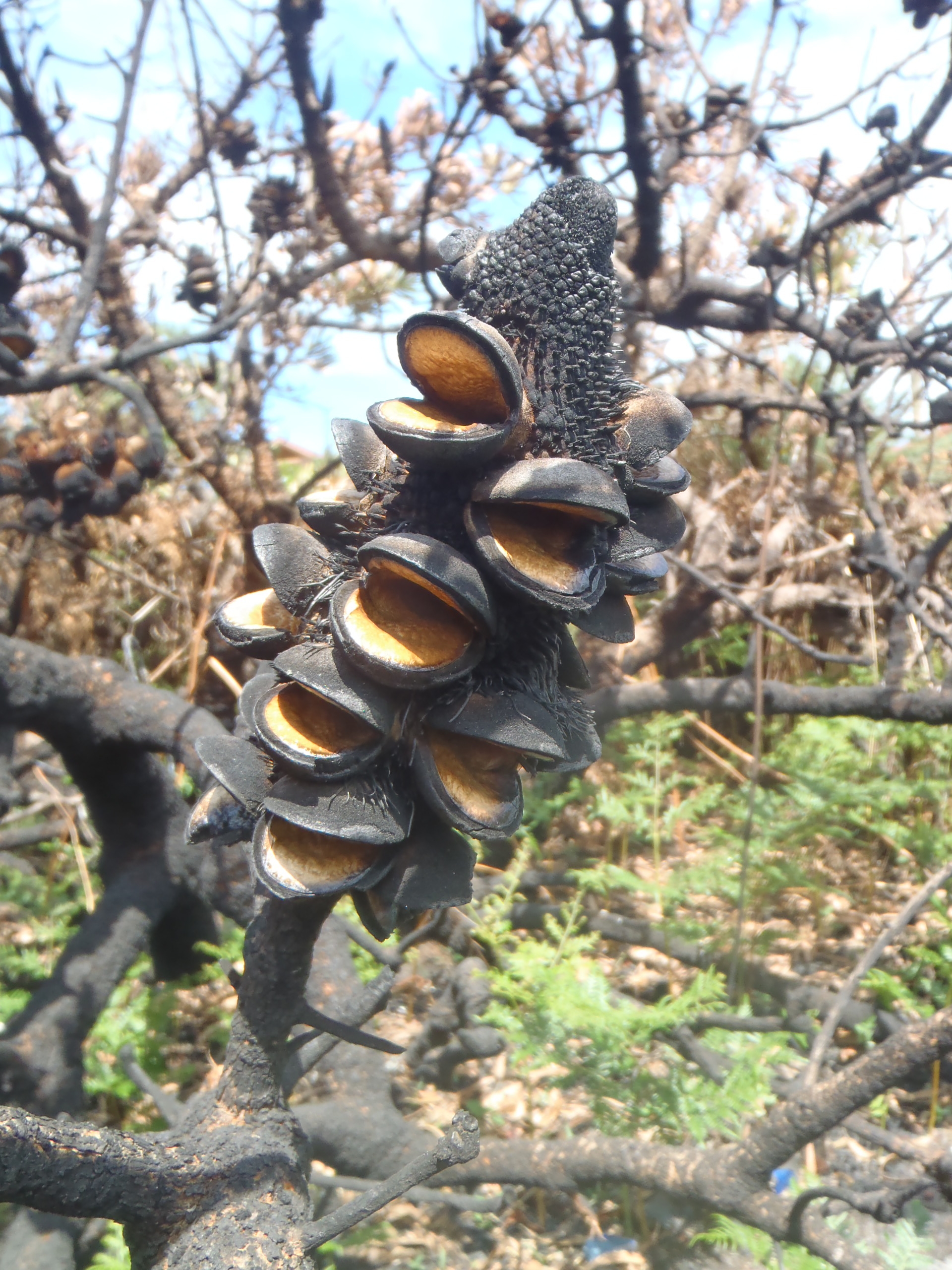Bush Regeneration
Bushland restoration works must be highly adaptive reflecting the specific site characteristics, never a one size fits all methodology. These may include elements such as short- and long-term goals, climatic conditions including both seasonal variability and daily weather fluctuations, disturbance history and the species present. Despite this, certain key principles must always be applied.
These key principles have been broadly outlined within the ‘National standards for the practice of ecological restoration in Australia – Edition 2.2’ (SERA 2021) as:
- Ecological restoration practice is based on an appropriate local native reference ecosystem.
- Restoration inputs will be dictated by levels of resilience and degradation.
- Recovery of ecosystem attributes is facilitated by identifying clear targets, goals and objectives.
- The goal of ecological restoration is full recovery, in-so-far as possible, even if outcomes take long timeframes or involve high inputs.
- Restoration science and practice are synergistic.
- Social aspects are critical to successful ecological restoration.
“Ecological restoration aims to recreate, initiate, or accelerate the recovery of an ecosystem that has been disturbed”, where a ‘disturbance’ is defined as “environmental changes that alter ecosystem structure and function” (Vaughn et al. 2010).
As highlighted in the ‘National standards for the practice of ecological restoration in Australia’ (SERA 2021), protecting ecosystems is vital, however without investing in active restoration work biodiversity will continue to decline.
Further key resources which guide ecological restoration works include:
- ‘Bringing back the bush’ by Joan Bradley
- ‘Restoring natural areas in Australia’ by Robin A Buchanan
- State and federal guidelines
Caring for Country
Randwick City Council acknowledge and pay respect to Elders of the Bidjigal and Gadigal Clans of the Eora Nation both past and present and extend this respect to all First Nations peoples.
For countless generations Aboriginal and Torres Strait Islander communities cared for Country. These methods were wholistic, based on the understanding that a healthy environment would ultimately care for and support a healthy community.
Such contributions remain ongoing, shaping lands, sea, sky and culture of our region. Moving forward, we recognise the process of caring for Country can support pathways to healing, reigniting culture through application of traditional knowledge and practices.

